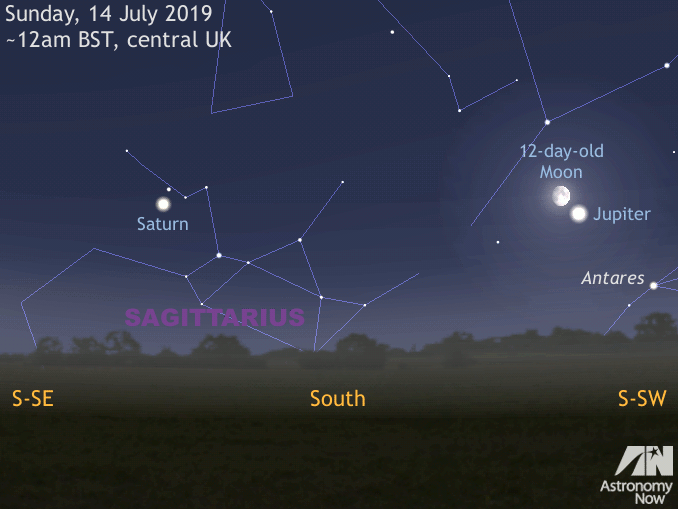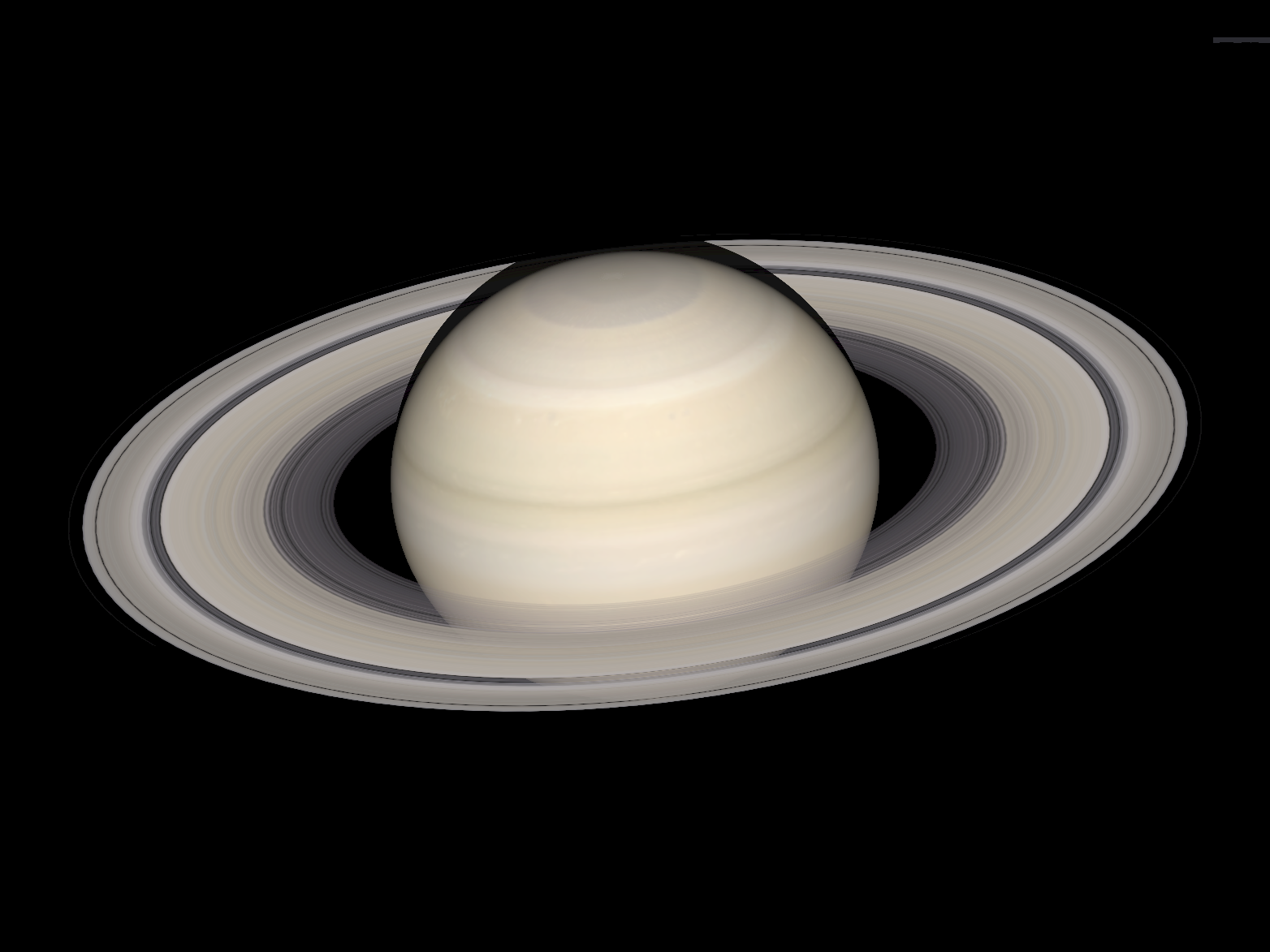
Shining at magnitude +0.1, Saturn is twelve times fainter than its larger planetary sibling to the right, but the ringed planet is still brighter than anything else in the constellation of Sagittarius in which it presently resides. In common with Jupiter, Saturn currently occupies a region of the ecliptic that struggles to attain a peak altitude of 14 degrees in the south for observers in the heart of the UK, but it’s still worthy of a look through any sized telescope.
With a declination of -22 degrees, Saturn is currently best seen from the Southern Hemisphere. As viewed from Australia, for example, the ringed planet is virtually overhead when on the meridian. Saturn’s low altitude from the British Isles means that getting clear views will be challenging in July 2019, but there are ways that you can improve your chances.
Always give your telescope ample time to cool down to nighttime temperatures by uncapping the lens or mirror (with the tube horizontal to avoid dew settling on the optics) an hour before making observations. Also, observe from a grassy location wherever possible, avoiding concrete or asphalt that retains heat after dark. And don’t view Saturn over rooftops where turbulent warm air currents rise.
Try to view Saturn within an hour or so of the time it transits (see our interactive Almanac for local times) so that it’s as high as possible above your horizon. Calm, slightly misty nights when a high-pressure system sits above us often provide the steadiest planetary views.
However, even in fine UK seeing, both Jupiter and Saturn will display atmospheric dispersion (where the upper and lower limbs of the planet may appear to have prismatic blue and red fringing, respectively) due to our atmosphere acting like a weak lens. You can buy atmospheric dispersion filters to help counteract this, or simply use a yellow/orange filter to lessen the coloured fringes.
The largest Saturnian moon, 3,200-wile-wide Titan, orbits its parent planet every 16 days and is easy to spot in telescopes of 5-cm (2-inch) aperture or larger as it shines at magnitude +8.5. Titan is at elongation, 4¼ ring diameters east of Saturn, on 3 and 19 July. Titan can be found the same distance west of the planet on 11 and 27 July.
Saturn’s second-largest moon Rhea with a 4½-day orbit is also easy to spot at magnitude +10. Elongations two ring diameters east of Saturn occur on 2, 11, 20 and 29 July. Rhea can be seen the same distance west of Saturn on 4, 13, 22 and 31 July.



